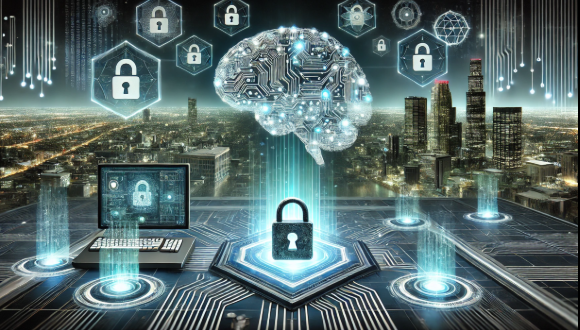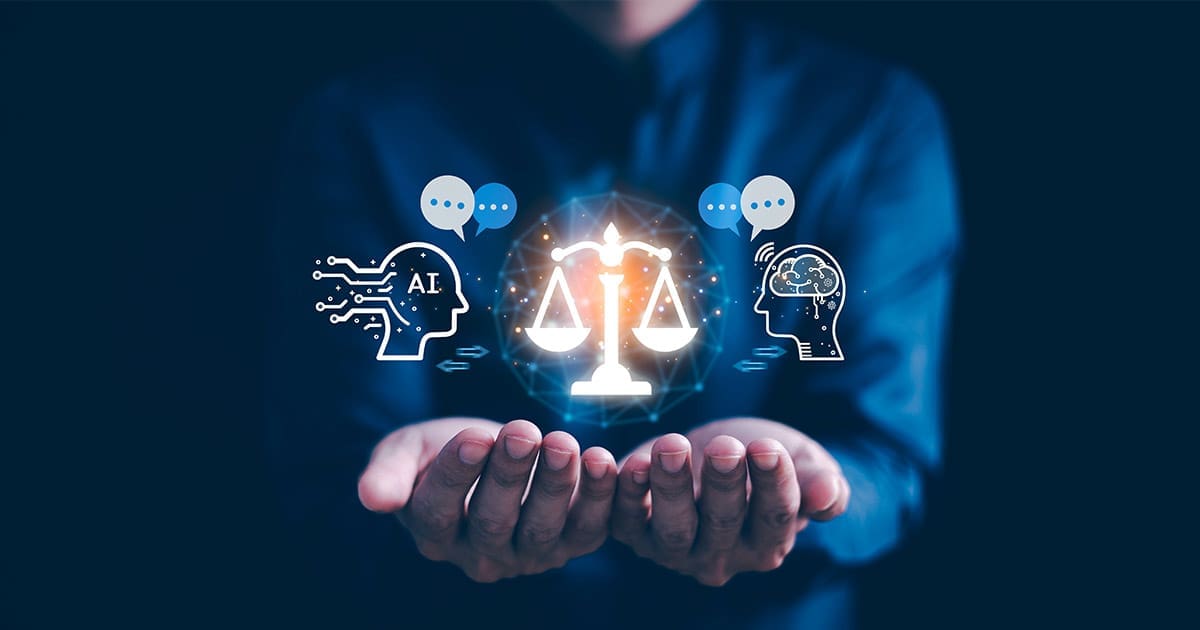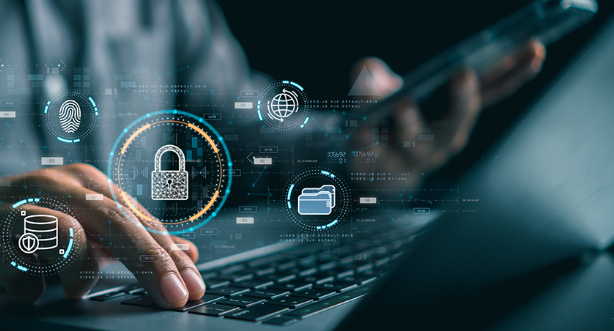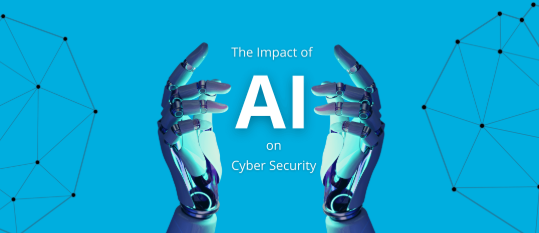As cyber threats evolve in complexity and scale, Artificial Intelligence (AI) is emerging as a powerful tool in the fight against digital attacks. AI enhances cybersecurity by detecting anomalies, predicting threats, and automating response actions—making systems more secure and proactive. Below are the key trends shaping the future of AI in cybersecurity.
AI-Powered Threat Detection
Traditional security tools rely on known threat signatures. In contrast, AI systems use behavioral analysis and machine learning to identify unusual activity and detect threats that haven’t been seen before, including zero-day attacks.
Automated Incident Response
AI accelerates response time by automatically analyzing and reacting to threats. Security systems can now quarantine infected devices, shut down vulnerable access points, or alert teams in real time—reducing damage and downtime.
Behavioral Biometrics
AI is driving the adoption of behavioral biometrics, which monitors user behavior like typing patterns, mouse movement, and navigation habits. This helps in identifying anomalies that might suggest unauthorized access, even when login credentials are correct.
Predictive Threat Intelligence
AI analyzes vast datasets to anticipate potential attacks before they happen. It evaluates attacker behavior, emerging vulnerabilities, and patterns in threat landscapes, allowing security teams to take preventive action.
AI-Driven Phishing Detection
Phishing attacks are becoming more convincing, but AI models are now capable of identifying suspicious emails and fake websites by analyzing language, structure, and user behavior in real-time—helping stop scams before users fall for them.
Adaptive Security Systems
AI allows cybersecurity systems to continuously learn and adapt to new threats. Instead of static rule sets, adaptive systems evolve with each attempted breach, improving their detection and prevention capabilities over time.
Integration with IoT and Edge Devices
With the rise of connected devices, AI is being deployed on the edge to detect threats locally—before they reach the central system. This decentralized security model increases speed and efficiency in handling threats.
AI for Cybersecurity Skills Gap
AI also helps address the shortage of cybersecurity professionals by automating repetitive tasks and prioritizing alerts, allowing human experts to focus on critical issues that require complex judgment.
Conclusion
AI is not just enhancing cybersecurity—it’s revolutionizing it. As threats grow more sophisticated, so too must the defenses. The ongoing trends in AI-powered cybersecurity reflect a shift toward faster, smarter, and more predictive protection strategies.







Leave feedback about this